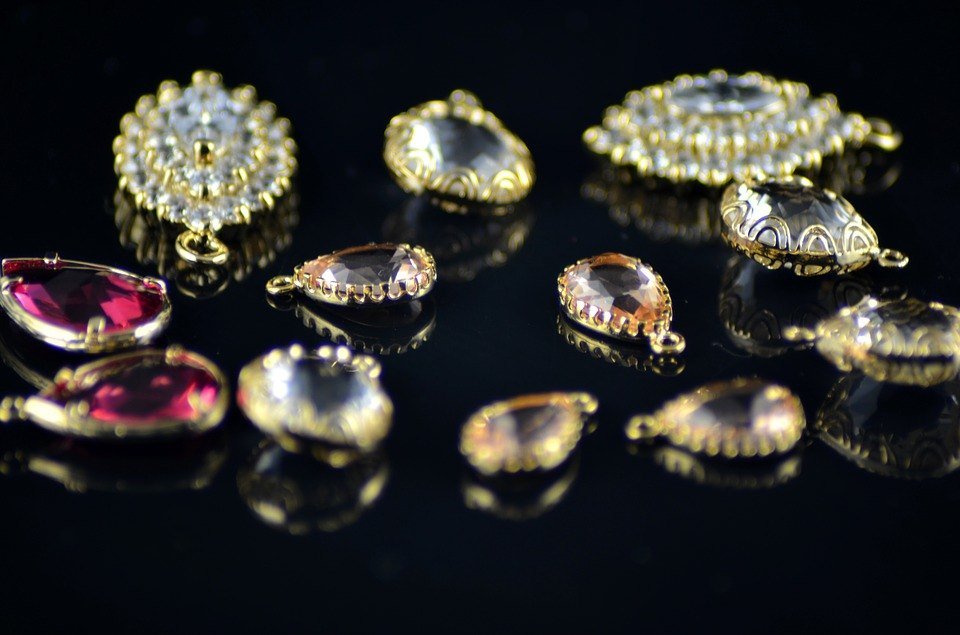Featured
Gemstone market setting up for trending growth
Gemstone marketing in the Asia Pacific has taken a more distinct and aggressive approach.

Gemstones are very expensive as they are hard to procure and manufacturing them is a complex process. Despite this, Facts Week notes that the gemstone market is set for a rapid growth trend by 2021. What’s setting up the market for growth is the emerging consumer-base from the regions in the Asia Pacific.
People are now more careful when it comes to purchasing the items. Many are opting to get from branded names instead to avoid coming across counterfeit products. Additionally, retailers are also now more aggressive when it comes to marketing.
The fact that it is now easier to buy authentic gems from various marketplaces is helping the emerging market. For instance, drawing in customers are retailers who take their businesses to TV and websites. Before, gemstones were bought through physical retailers only. Today’s market is different. Top brands are more than willing to take their merchandise online and advertise on TV. The report adds that the ease of access to jewelry and gem accessories contributes to the appreciation and growing demand for these products.
However, there are still a few factors that are stunting the growth of the market, including inflation rates and the cost of labor. Hopefully, the new developments being made at the Gemological Institute of America (GIA) could help with the market growth of gemstones.
New discovery opens up possibilities for gemstone modifications
For years, experts have been looking for ways to upgrade and modify gemstones through novel methods. They may be one step closer to achieving that decades-long goal.

The recent craze in the gemstone market is the modified sapphire which appears like a ruby but is actually of a natural blue hue. It is said that the modification can only be seen by an expert eye. (Source)
Diamonds.net reveals that the GIA has acquired two lab-grown rubies at its laboratory in New York. The two oval-shaped and mixed-cut red stones’ uniqueness lie in their makeup—they are natural sapphires with a touch of synthetic ruby. This feat that has never been done before. What this means is that the natural blue hue of the sapphire was somehow replaced with red and the modification was only noticeable upon a thorough inspection.
The sapphire was covered with overgrowth which is described as a stone that covers the natural gem. Traces of sapphire can only be seen under a microscope. The report adds that the resulting gem comes from a treatment called chromium diffusion, which is when an expert adds additional chromium to a stone to make it carry the same vibrant colors of ruby.
Tyler Smith and Hollie McBride from the GIA say that this isn’t the first case of a synthetic ruby overgrowth on natural sapphire. However, this is the first time that they are able to inspect the material up close. Though not new, the product could be groundbreaking for the world of gemology as it could be the foundation of creating synthetic gems that are indistinguishable from authentic stones.
The recent discovery could also help out the gemstone industry in terms of growth as experts might be able to create “near-authentic” products for retail in the future.

-

 Fintech2 weeks ago
Fintech2 weeks agoMuzinich and Nao Partner to Open Private Credit Fund to Retail Investors
-

 Fintech21 hours ago
Fintech21 hours agoRipple and Mercado Bitcoin Expand RWA Tokenization on XRPL
-

 Crypto1 week ago
Crypto1 week agoBitcoin Traders on DEXs Brace for Downturn Despite Price Rally
-

 Crowdfunding6 days ago
Crowdfunding6 days agoFrom Confiscation to Cooperation: Funding Casa de la PAZ’s Social Transformation

























You must be logged in to post a comment Login